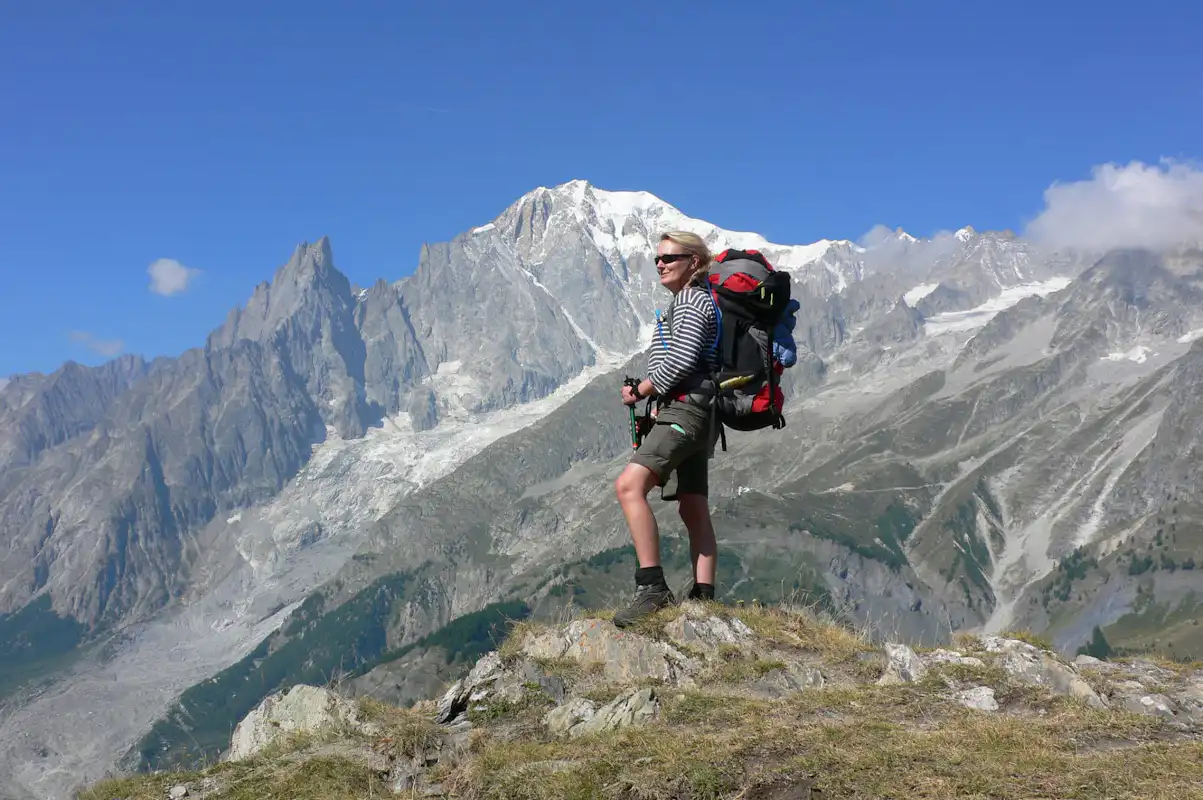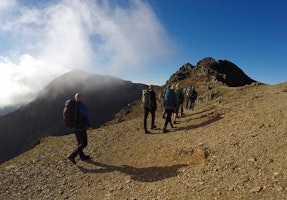We are big fans of hiking. It's something you can do anywhere in the world, it's accessible to pretty much anyone and it's a great way to get active outdoors.
Some of the most epic places on earth open up to you when you hike. This includes Mont Fuji in Japan, the Salkantay trek to Machu Picchu in the Peruvian Andes and the Alta Via 1 hiking trail in the Dolomites in Italy, just to name a few.
A lack of preparation, however, can make your hike less enjoyable. Knowing what to wear and what to bring on your hiking trip can make all the difference to your experience.
What you need on your hike will depend on the duration, the difficulty, and the terrain. The climate will also impact what kind of clothing you need to bring.
There’s a fine line between carrying too much on a hike and just the essentials, so you'll have to use your discretion when packing for your hike.
With all that in mind, we've pulled together a list of everything you need for your adventures. Keep reading to learn more.
Clothing
Baselayers
The kind of base layer you need will depend largely on the weather. If you're hiking in colder conditions a merino long sleeve top could be a good option. However, if it's summer a short sleeve top made from a fabric like nylon or polyester which wicks moisture away from the body would be better. The same goes for the bottom half.
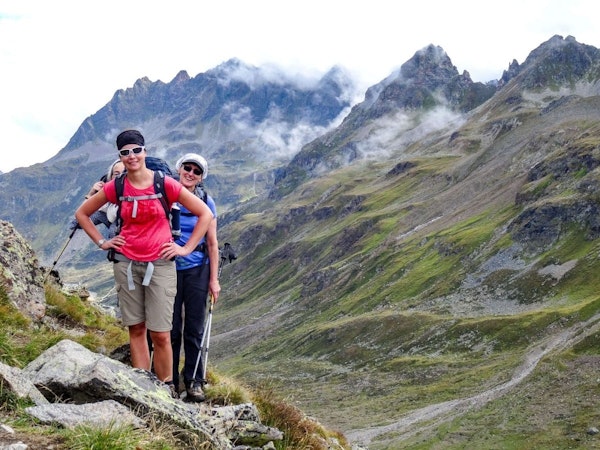
Jacket and pants
You'll also need a warm, lightweight jacket and comfortable pants that allow for a good range of movement. Hiking pants are the best here as they tend to be breathable and fast to dry. If the weather conditions are changeable go for the option where the bottoms zip off to make shorts.
Winter layers
If the conditions are extra cold, you'll need another layer. Go for a thick jacket that is well insulated and has a built-in hood.
Waterproof layers
It's best to plan for all weather outcomes and there's nothing worse than being caught in the rain without waterproof clothing. As with the rest of the clothing, look for a wind-breaking waterproof jacket that is comfortable and breathable.
Hat
In the summer months, a breathable rimmed cap will be important to protect from the sun's rays. When choosing this hat, go for light colors. For winter hikes you'll need a comfortable beanie that's going to stay in place as you hike.
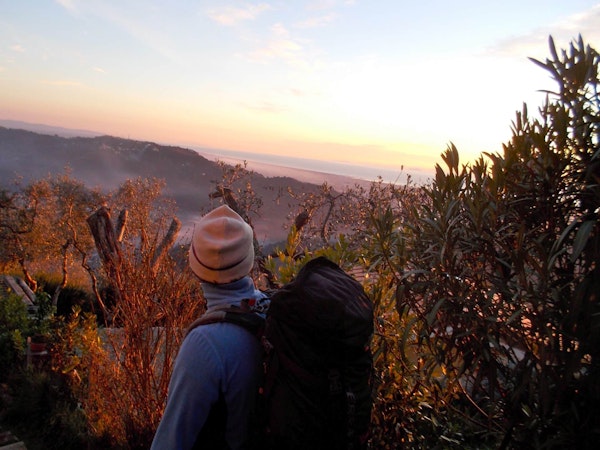
Wool socks
You can wear socks made from another kind of fabric like polyester but we’d recommended wool socks. They tend to provide an extra layer of cushioning in your hiking boot while helping to regulate your foot temperature and absorb moisture. They come in varying lengths but we'd recommend getting ones that come up over your hiking boots to protect your feet from rubbing against your boots.
Hiking boots
A good pair of boots is very important. Wearing running shoes on your hikes will not give your feet and ankles the support they need on an uneven terrain. Hiking boots also protect you from anything sharp like rocks along the trail. There are many different styles to choose from so it's best to do your research and find the best pair for the types of hikes you want to do.
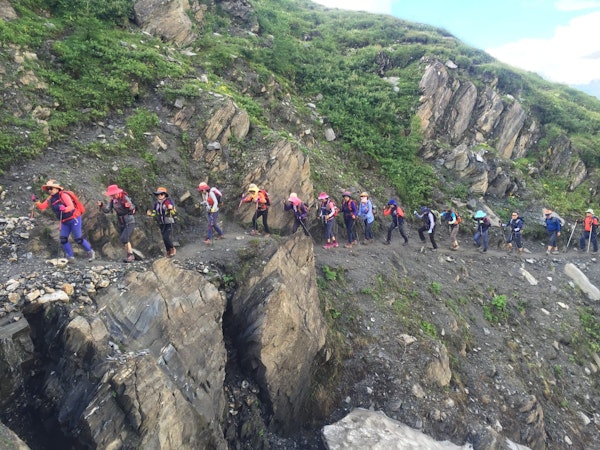
Gear
Navigation
You won’t necessarily be able to count on the phone signal where you’re going so consider taking an old fashioned paper map with you. You can also use GPS or an app that allows you to download your maps before you head out.
Hiking poles
These can be a really handy tool if you are hiking on steep, slippery or uneven terrain. They give you that extra bit of balance and traction to keep you from tumbling, or to give you the extra support you need to make it up a steep patch.
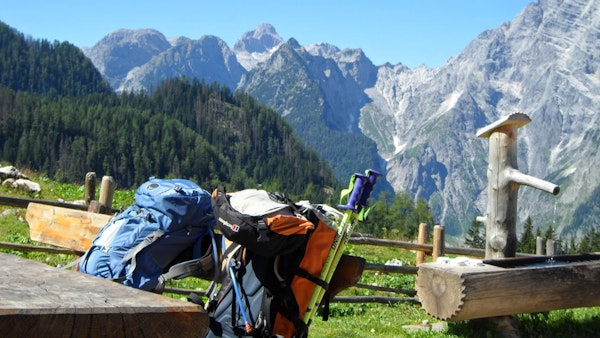
First Aid Kit
This doesn't have to be anything too complicated, just a simple first aid kit will suffice. This should ideally contain items like bandaids, a bandage, wipes to disinfect, antihistamine, antibacterial ointment and some pain relief like ibuprofen.
Sunscreen
No matter how long your hike will last, bringing sunscreen is always a good option. Even on days when it doesn’t seem to be particularly sunny, the UV rays are still there. Plus, you never know, the sun might come out.
Water bottle
It’s essential to keep hydrated while you hike, so you’ll need to bring a durable, preferably lightweight bottle along with you. If you're planning on hiking for more than half a day, and you’re not sure you’ll be able to source fresh water on the trail, it may also be worth bringing a purification/ filtration device.
Snacks
You’ll be expending a lot of energy on the trail so it’s important to also fuel your body with satiating snacks. Some good snack ideas include nut butter like peanut or almond butter, bananas, energy bars, tuna or salty snacks like pretzels.
Backpack
You’ll obviously need a backpack to carry all of these essentials. The length of your hike will determine the size backpack you need but when choosing a backpack you want to make sure you choose a lightweight option. You should also look for one that has hip belt support. This helps to cushion your hips and lower back, the two spots that absorb the most of the pack's weight.
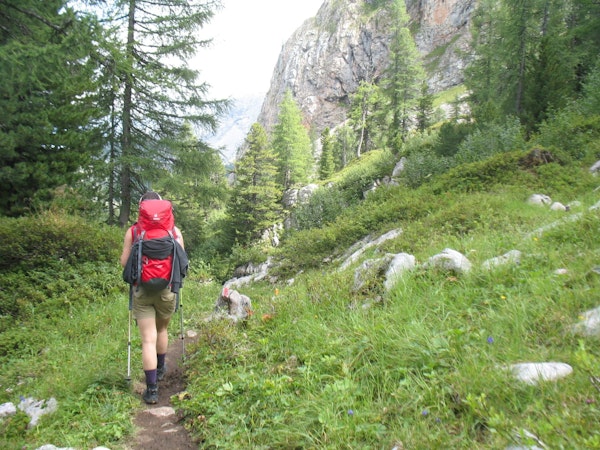
That should be enough to get you started with your packing list. While you're prepping, be sure to check out these other great resources to learn more about hiking and the best spots to hike year-round, plus the differences between hiking and mountaineering.
Looking for your next hiking trip? Here are all the guided trips available at Explore-Share.
Happy hiking!
